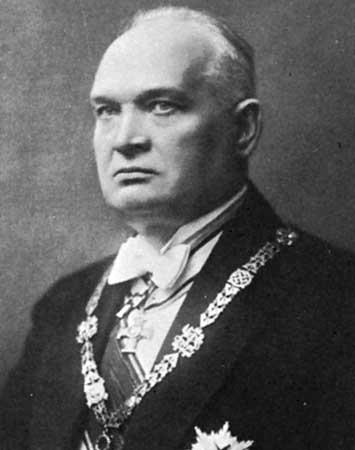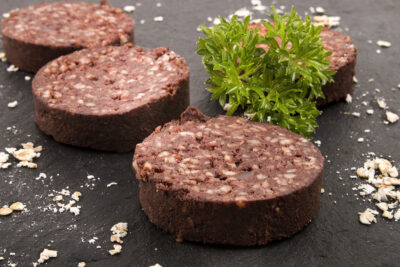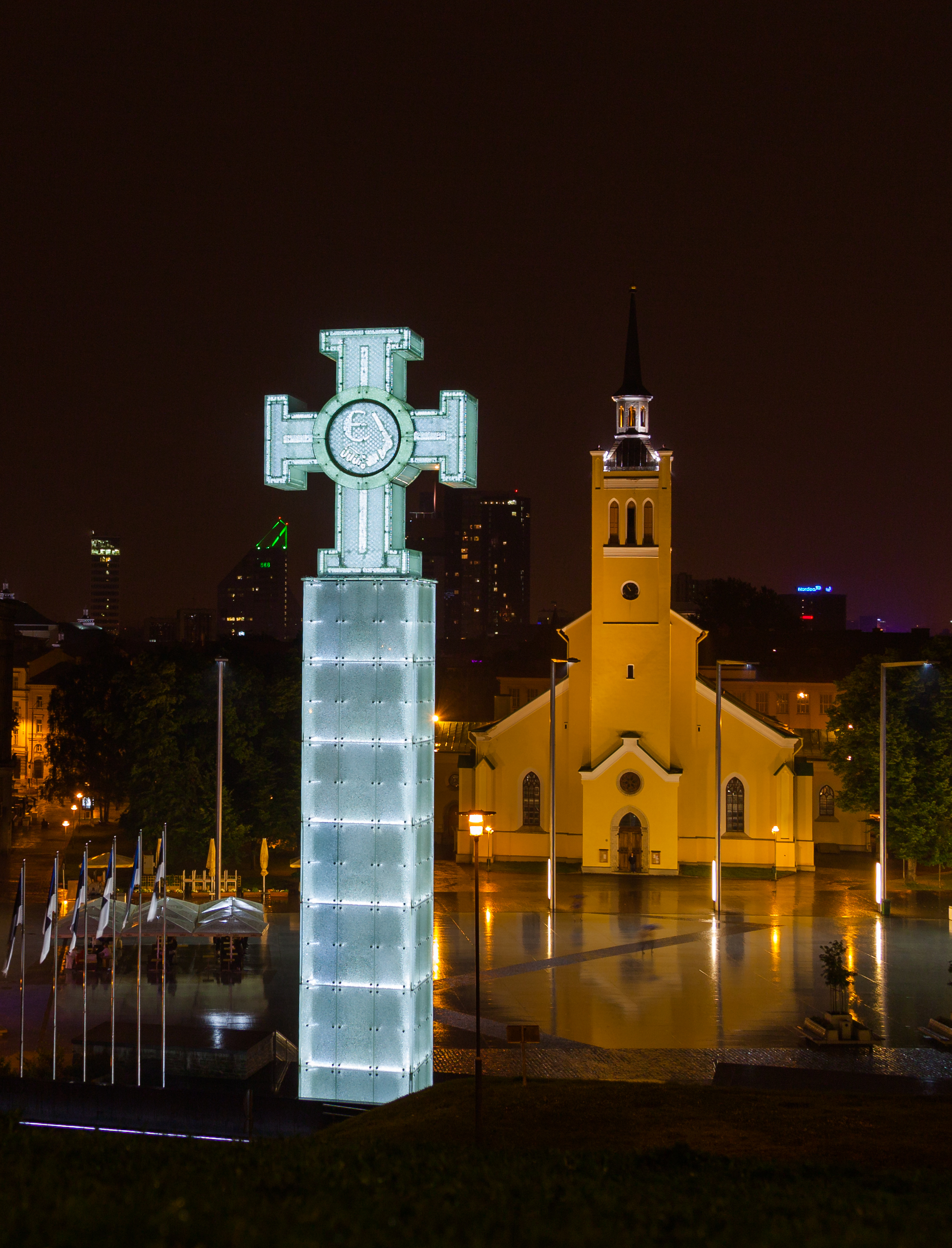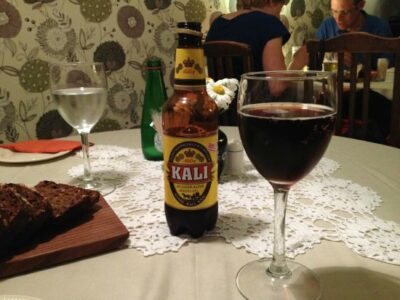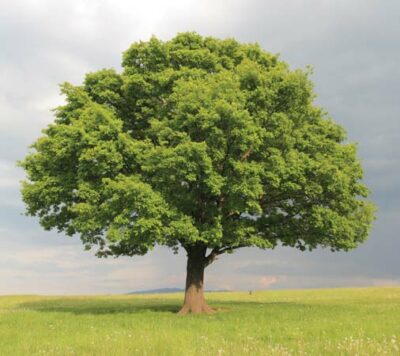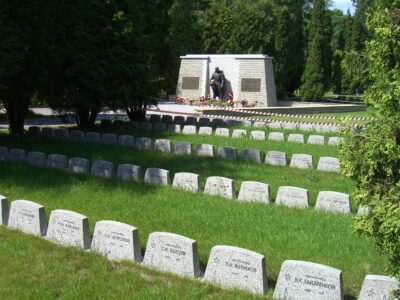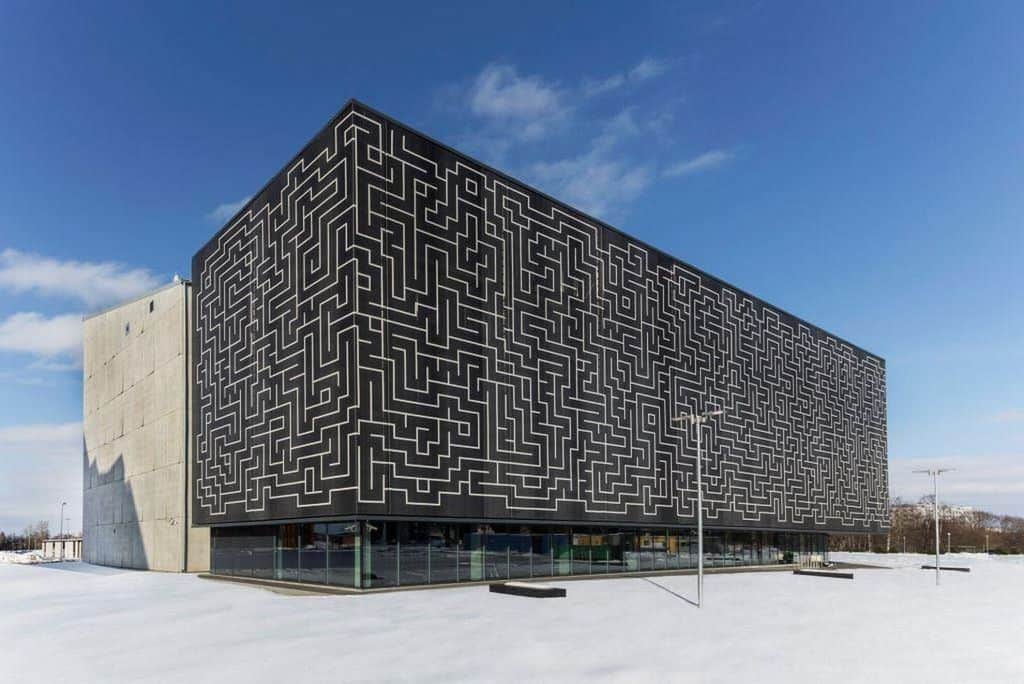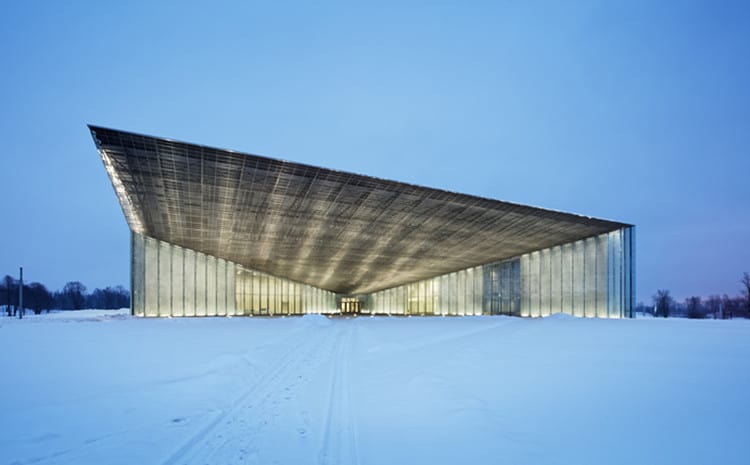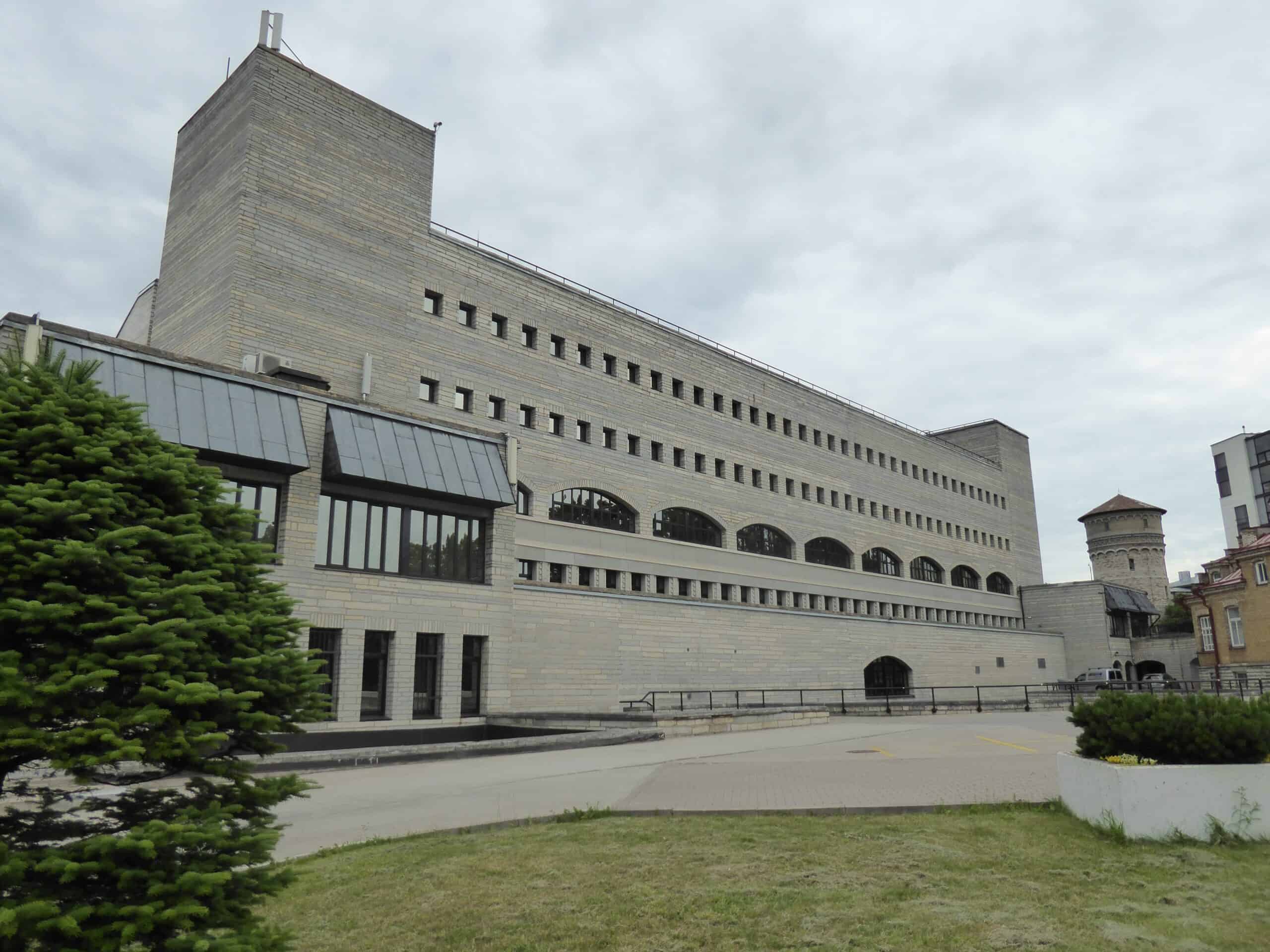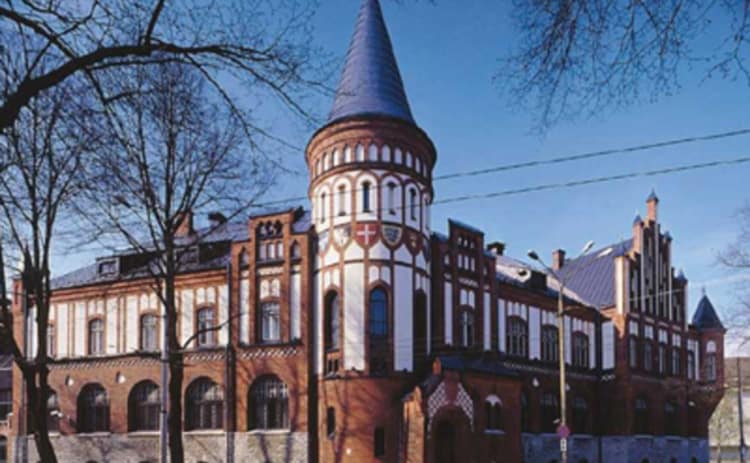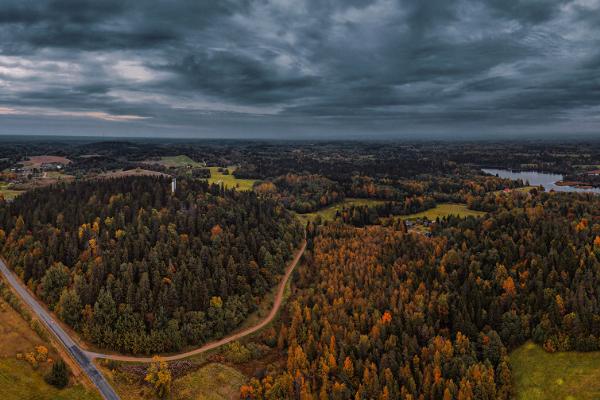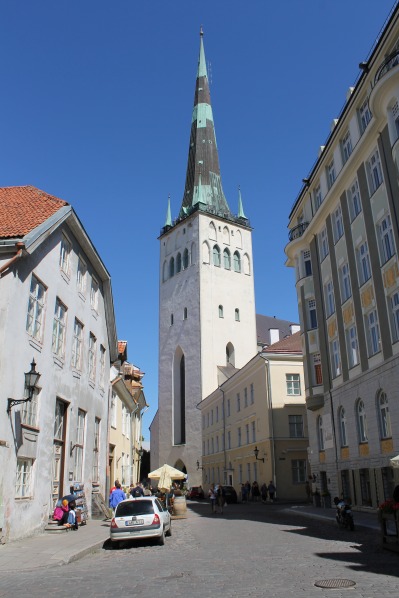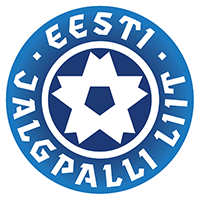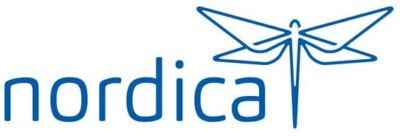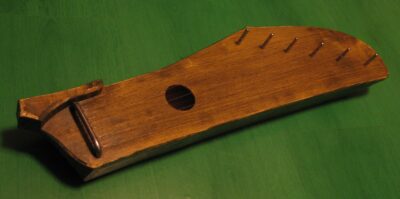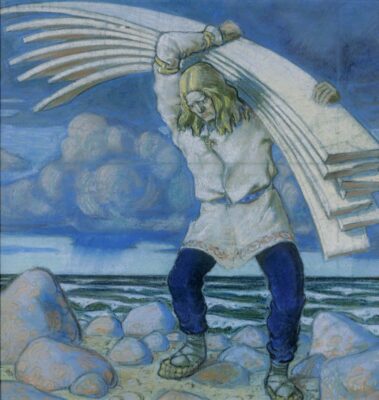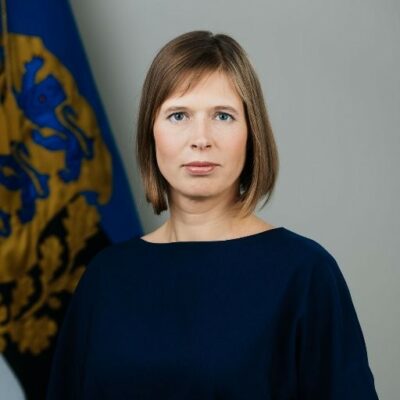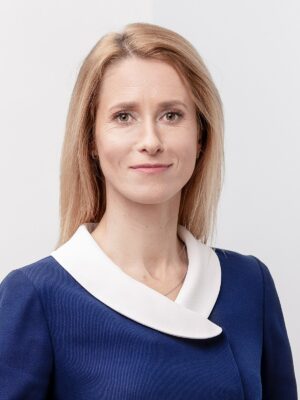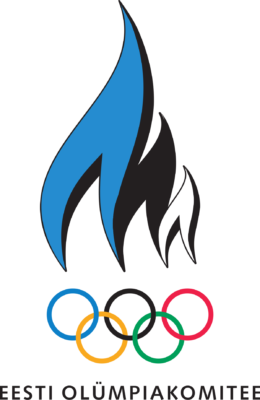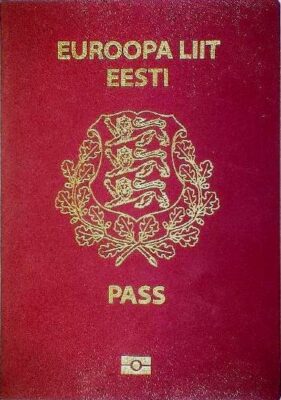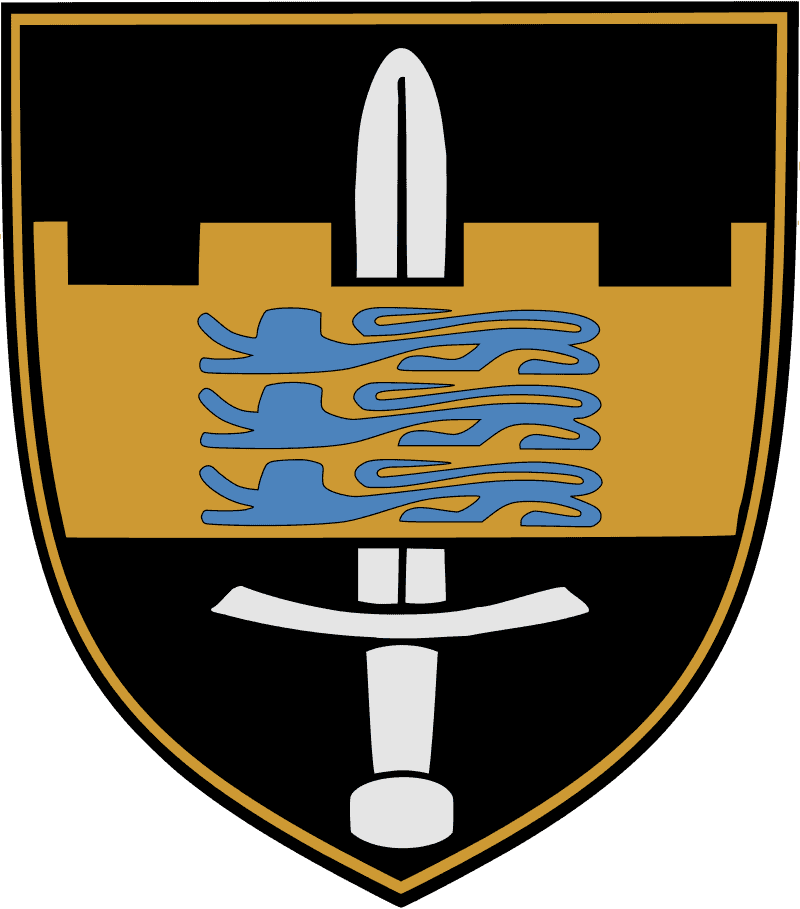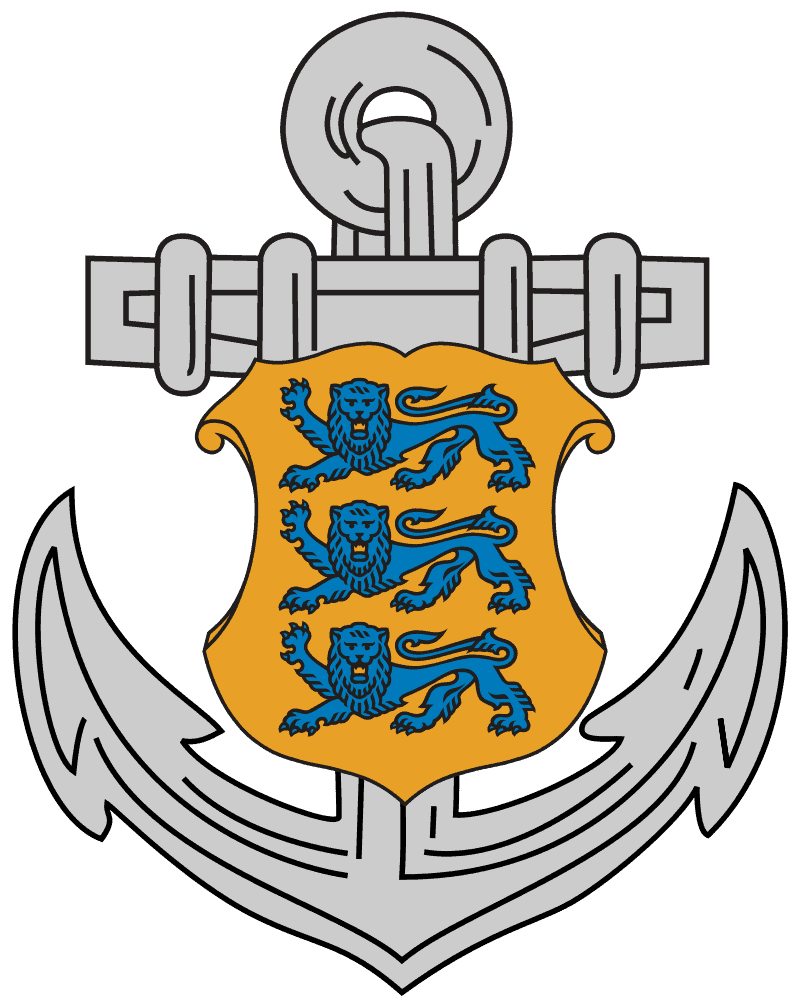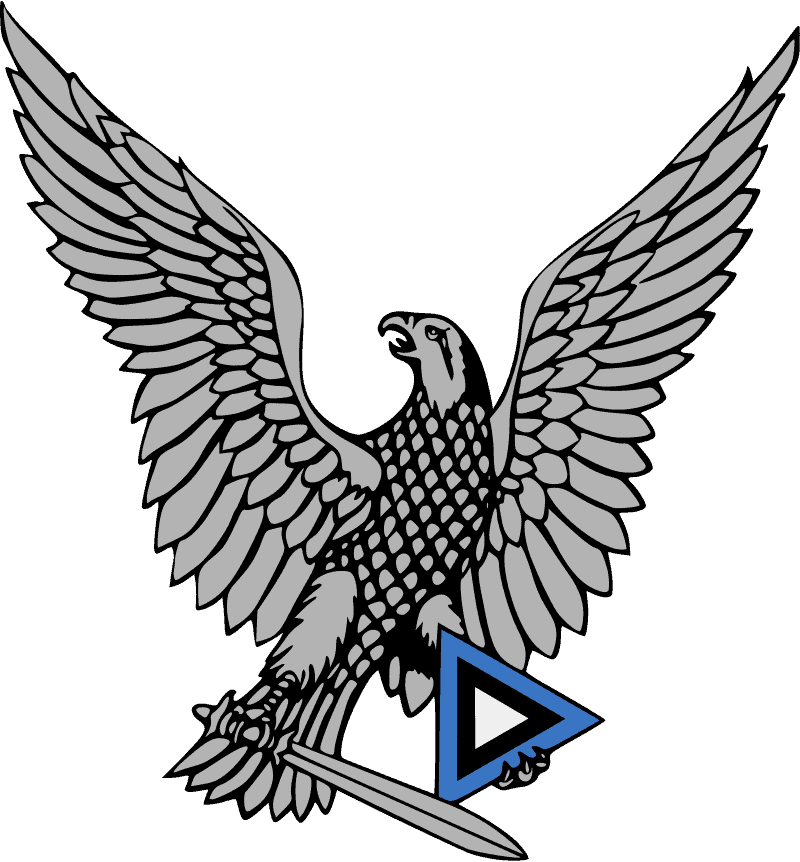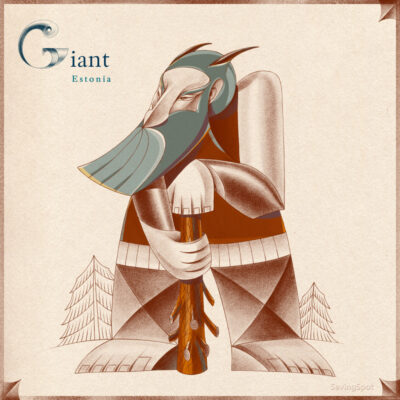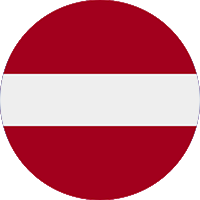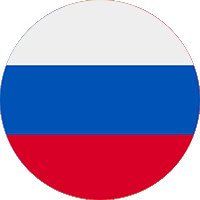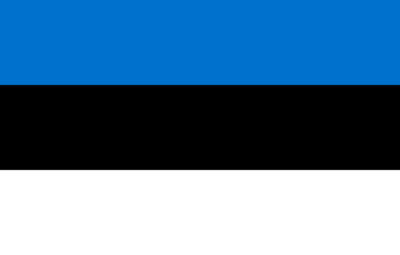National Symbols of Estonia
Last updated on August 20th, 2023 by Editorial Staff
Table Of Contents
By | Updated on August 20, 2023
Reviewed by Rittika
Estonia is a country in Europe. The official name of Estonia is the Republic of Estonia. It shares borders with 2 countries: Latvia, and Russia. The people of Estonia are called Estonians. The country is situated in Eastern Europe, bordering the Baltic Sea and the Gulf of Finland, between Latvia and Russia.
Etymology discusses where a term is considered to have originated from and how its meaning has changed over time. Etymology has been a factor in the naming of countries all across the world, and Estonia has also been influenced. The etymology of Estonia can be defined as; “Land of the Aesti”, a correction of earlier Esthonia, a re-Latinization of the Old English Estland, a development of the Old High German Aestland, a combination of the Latin Aestia and the German-land (“land”).
An ethnicity is a group or sub-group of people who are connected based on common characteristics which may include religion, origin, language, traditions, or culture. The ethnic groups in Estonia include Estonians, Russians, Ukrainians, and Belarusians.
Nordica is the national airline of Estonia. The national colors of the country are blue, black, and white. The emoji flag of the country is ????????, and the ISO code is EST.
Estonia is known for Suur Munamägi (Big Egg Hill). The national dish of Estonia is Verivorst. Kali, in addition to being a traditional beverage, is one of the country’s national drinks. The national instrument of Estonia is Kannel.
The country has the time zone UTC+02:00 (EET) followed by dd/mm/yyyy as the standard date format.
Estonia is divided into 15 counties. The capital of the country is Tallinn, which is also the largest city in Estonia.
The literacy rate in Estonia is 99.9%.
The country’s total area is 45,339 km2 (17,505 sq mi), and the total population is 1,326,535. The country’s average elevation is 61 m (200 ft), whereas the country’s terrain can be defined as; Marshy, lowlands; flat in the north, and hilly in the south. The country’s usual climate can be described as; Maritime; wet, moderate winters, and cool summers.
The area of land next to a sea is called the coast, and a coastline is defined as the line where land and sea meet. Estonia has 3,794 km of coastline.
The Euro serves as the national unit of currency, and the Bank of Estonia is recognized as the country’s central bank. The domain for Estonia is .ee and the country code is +372. Barn swallows and cornflower is the country’s coat of arms.
Museums are known to educate and connect visitors with the nation’s history, culture, civilization, art, and architecture. The Estonian National Museum serves the same purpose and is considered one of the most significant tourist attractions. The Estonian National Museum is home to a large collection of artifacts. It has been designated as the national museum of the country.
The national dress of Estonia is the Rahvariided, and 24 February is designated as National Day. In Estonia, the majority of the population practices Christianity as their religion.
Nature is a blessing from God and we must protect it because it provides us with the oxygen and food to survive. It also helps to keep our environment beautiful and clean. To emphasize the significance of nature, Estonia has selected a few forces of nature as national symbols. Estonia’s national bird is the Barn swallow, while its national animal is the Grey Wolf. The national flower is Cornflower. The national tree of Estonia is the Oak, and the highest peak is Suur Munamagi.
Mythical creatures can be found in the literature and mythologies of many different nations. They represent imaginative representations of various creatures, humans, or hybrids. They are known for their specific features, supernatural abilities, and distinctive appearance. The mythical creature of Estonia is Giant.
Sports have always played an important role in developing the social and cultural structure of Estonia and other countries. When it comes to designating a sport as the official symbol, Football is considered the country’s national sport.
Poetry is a highly valued form of art, and many poets are considered significant national symbols of the country. The national poets of Estonia are Lydia Koidula and Friedrich Reinhold Kreutzwald.
Konstantin Päts is the founder of Estonia. The country’s national anthem was written by Johann Voldemar Jannsen, and composed by Fredrik Pacius.
Mausoleums are buildings dedicated to holding someone’s remains. It serves as a reminder of the nation’s revolutionary fighters who sacrificed their lives for the country. Mausoleums are one of the most significant historical landmarks. The national mausoleum of Estonia is the Defence Forces Cemetery of Tallinn. The country’s national hero is Kalevipoeg.
Due to their unique qualities and rich cultural or historical backgrounds, national monuments around the world are of great importance. War of Independence Victory Column is recognized as the national monument of the country. It attracts visitors from all around the world.
Numerous organizations are working on a global level to improve the current state of affairs and to collaborate in order to establish and maintain constructive partnerships. Estonia is a member of the European Union (EU), North Atlantic Treaty Organization (NATO), and United Nations (UN). Estonia collaborates with them to organize, analyze, and address various events and situations.
The tourism slogan of the country is “Epic Estonia”.
Kaja Kallas is the current Prime minister of Estonia, and Kersti Kaljulaid is the President.
Estonia has declared Estonian as the country’s official language.
– Learn about Estonia flag color codes and their meanings –
– Further information regarding the symbols and knowledge of Estonia can be found in the table of contents-
Country information
Coat of arms
Flag map of Estonia
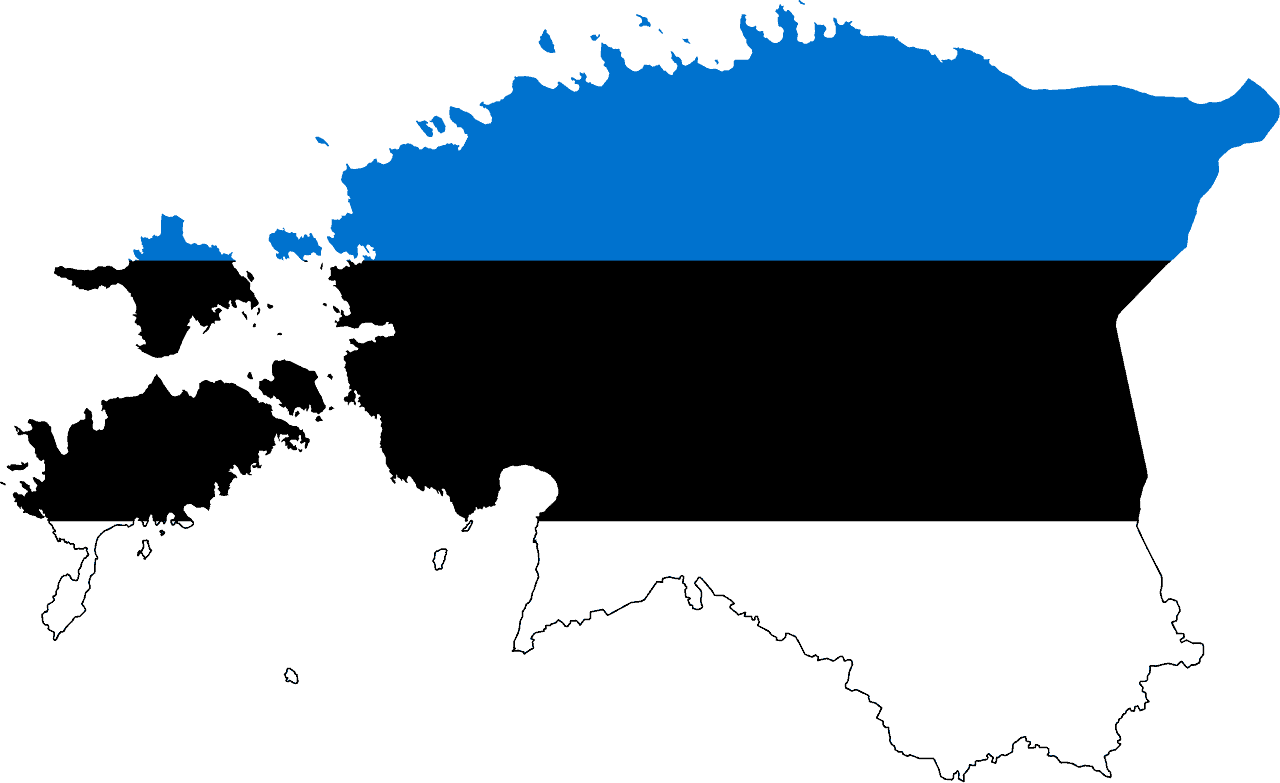
Motto of Estonia
National animal of Estonia
The National animal of Estonia is Grey Wolf

National flower of Estonia
The National flower of Estonia is Cornflower. Botanical name is Cyanus.
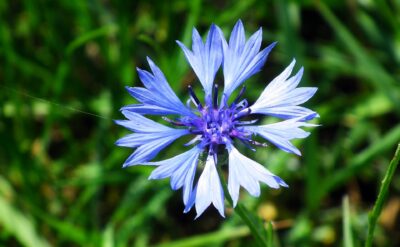
National bird of Estonia
The National bird of Estonia is Barn swallow
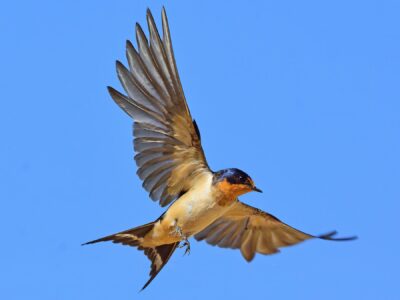
Rest of the National symbols of Estonia 👇
-
FounderKonstantin Päts
-
National dishVerivorst
-
National danceNot Declared
-
National dressRahvariided
-
National monumentWar of Independence Victory Column
-
National anthemView Anthem
-
National fruitNot Declared
-
National drinkKali
-
National colorsBlue, black, and white
-
National sportsFootball
-
National treeOak
-
National poetLydia Koidula, Friedrich Reinhold Kreutzwald
-
National mausoleumDefence Forces Cemetery of Tallinn
-
National archivesNational Archives of Estonia
-
National museumEstonian National Museum
-
National libraryNational Library of Estonia
-
Central BankBank of Estonia
-
Highest peakSuur Munamagi
-
Tallest buildingSt. Olaf's Church
-
National football teamEST
-
Tourism sloganEpic Estonia
-
Emoji flag????????
-
National airlineNordica
-
National instrumentKannel
-
National heroKalevipoeg
-
PresidentKersti Kaljulaid
-
Prime MinisterKaja Kallas
-
Olympics CommitteeEstonian Olympic Committee
-
PassportPassport of Estonia
-
ArmyEstonian Land Forces
-
NavyEstonian Navy
-
Air ForceEstonian Air Force
-
Mythical CreatureGiant
Neighbouring countries of Estonia
Estonian Proverbs - Popular quotes, proverbs and sayings.
Who never built a house thinks that the walls grow out of the ground. Who does not thank for a little will not thank for a lot. Where there is no fear, there is no pity. When God gives a child, he also gives the clothing. When death comes, the rich man has no money and the poor man no debt. Wasting time is stealing from oneself. They are not all men who wear trousers. There is no room for two kings in one castle. The work will teach you how to do it. The wood is the poor man’s coat. The town is new every day. The summer comes and kisses the child, the winter comes and kills it. The stomach never gets full with licking. The pipe is nearer than the wife.

